Travel Photography: Where to Go in June

Summer is knocking at the door, and we have one last chance to enjoy southern Europe before the unbearable heat sets in. Snow in the European peaks is melting, temperatures are rising, meadows are blooming, and hiking trails in higher elevations are opening up. In Africa, June marks the beginning of the dry season—an ideal time for watching wildlife and safaris. With its vastness and diversity, Asia offers something for every season. In Southeast Asia, June brings cooler temperatures and less rainfall.
The first destination on our June list is a challenge. The 825-kilometer-long Camino de Santiago is a great way to fully immerse yourself in photography. Exotic Tanzania isn’t the easiest destination either, but it rewards you with scenes that feel taken from a nature documentary. If you enjoy cities, people-watching, visual contrasts, and tropical climates, Singapore is a great choice. Athens, on the other hand, is a European classic, but one that still offers fresh opportunities for an observant photographer. We’ll wrap up our travels in the High Tatras, where tourist season is just beginning and the countryside is lush and vibrant.
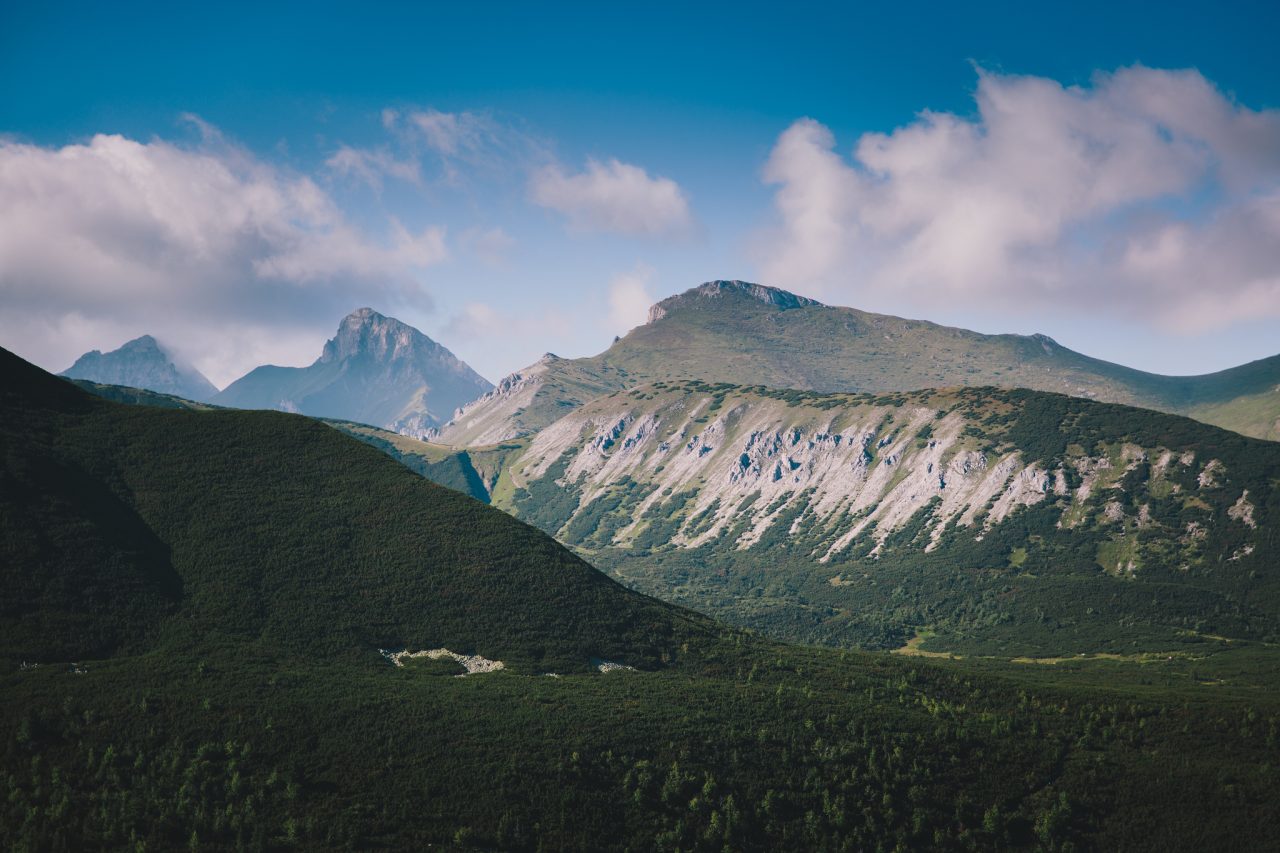
1. Camino de Santiago (Way of St. James), The Northern Way, Spain
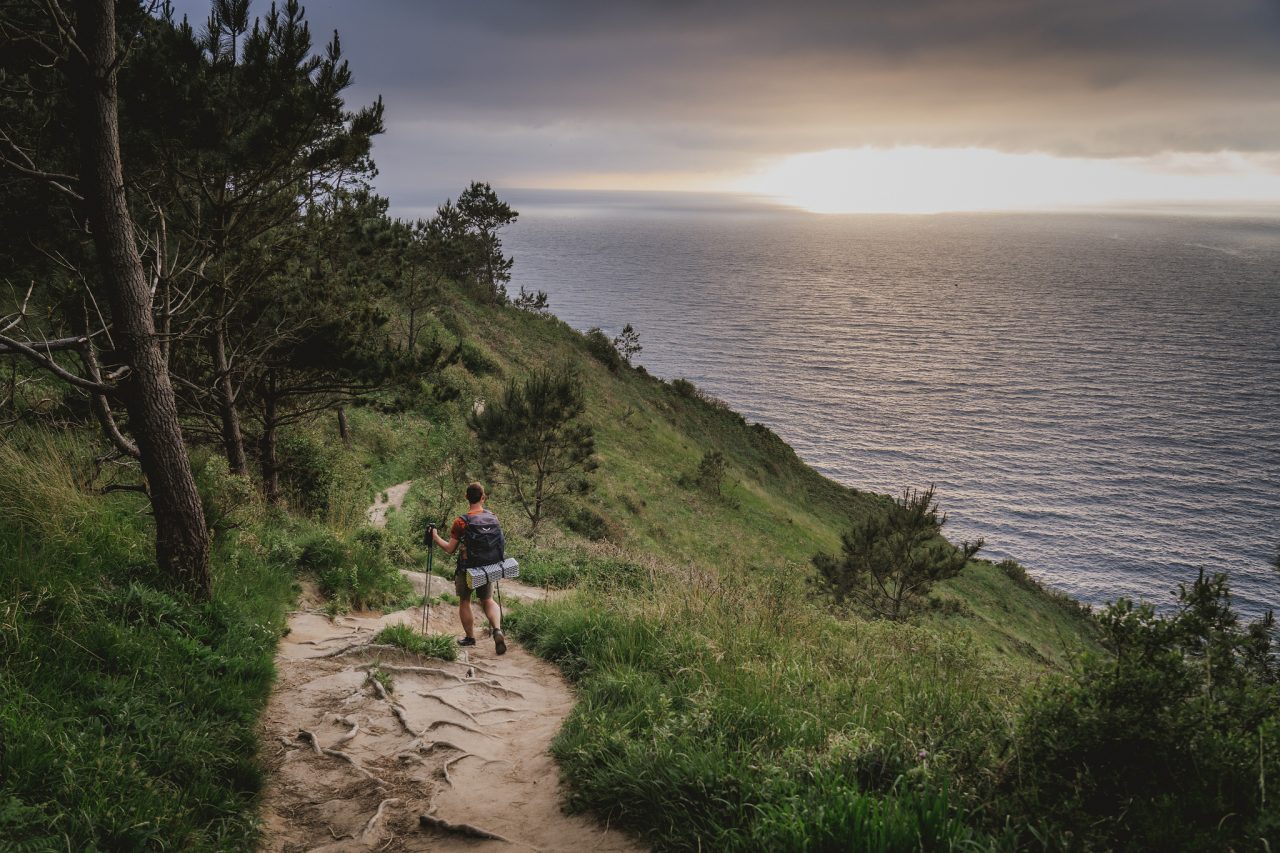
If you’re drawn to do the Camino de Santiago pilgrimage, June is the last good month before summer is in full swing. Skip the popular French route. It’s well-known but you’re often walking on asphalt roads and, from a photography standpoint, isn’t as interesting as the Northern Way. That said, the Northern Way is more challenging and the weather can be unpredictable. Still, in June, conditions tend to be drier and the temperatures manageable. Seaside views alternate with mountain scenery, and the trail passes through a mix of countryside and more remote areas. What makes it especially rewarding for photographers is that they can truly immerse themselves in photography.
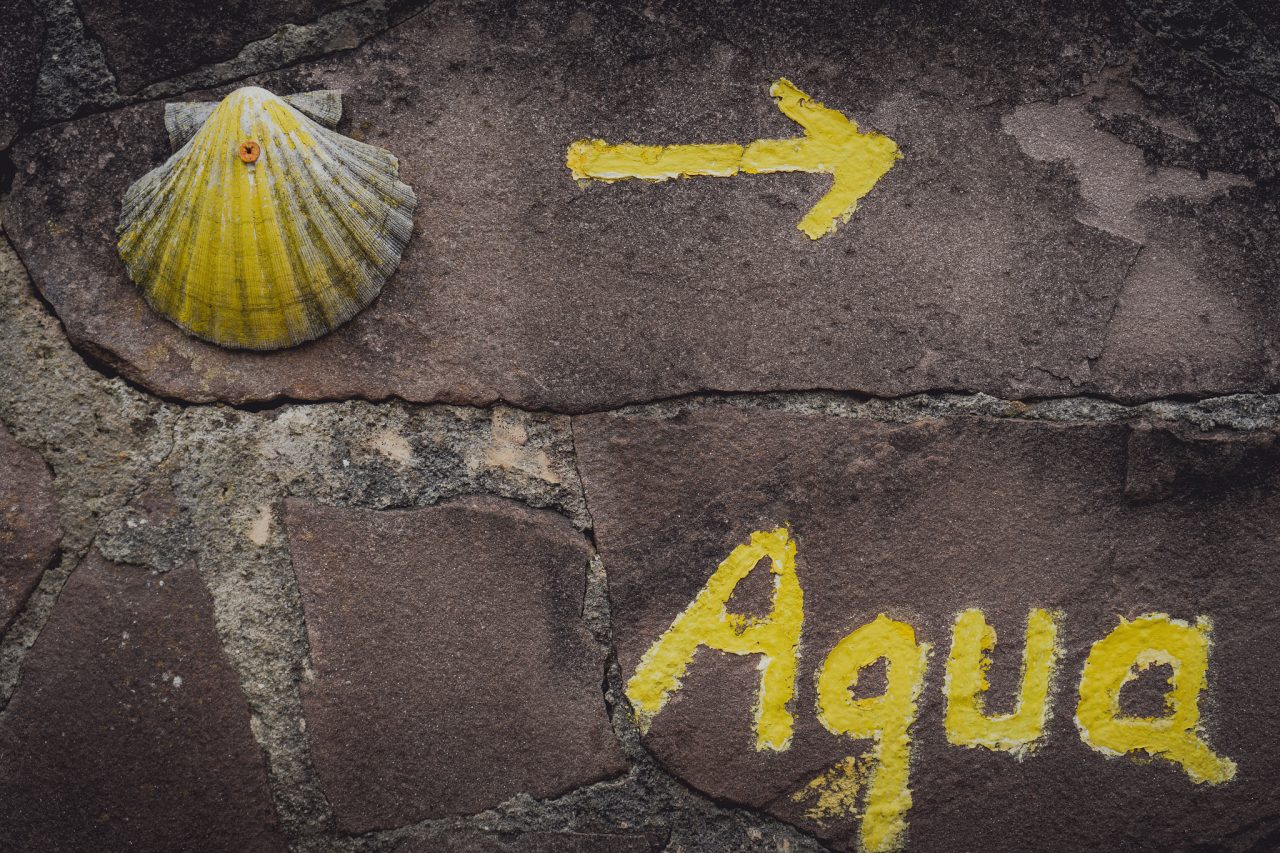
The Northern Way is 825 kilometers long and typically takes about five weeks to complete. So think carefully about what to pack and your choice of camera gear. Consider what you photograph most. If it’s landscapes, bring a wide-angle lens. If you prefer nature details, bring a telephoto lens. A good and versatile choice is a 35mm lens. In any case, pack light. You don’t want to have to keep pulling out a big camera every time you want to take a picture.
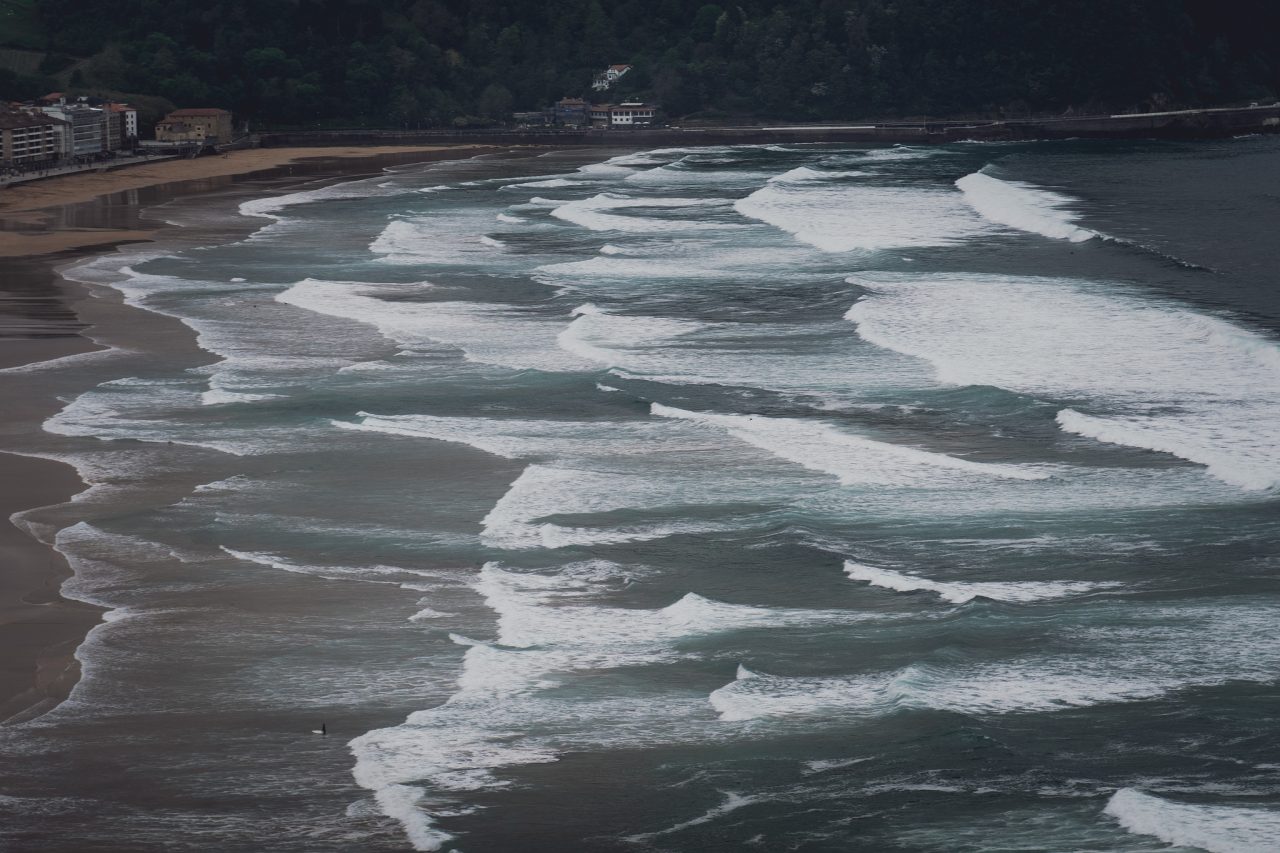
The Northern Way is well-marked and it’s hard to get lost. It mainly passes through cultivated landscapes, villages, and populated areas. So don’t expect unspoiled wilderness. But this cultural diversity can be inspiring for a photographer. Choose one or two themes and try to build a cohesive photo series around them.
2. Serengeti National Park, Tanzania
The dry season is just beginning in the Serengeti, the perfect time for wildlife viewing before the tourist crowds arrive in July and August. While this trip might cost as much as professional camera equipment, it’s well worth it. June is the time of the Great Migration, when herds in the western corridor cross the Grumeti River. The plains are full of prey, drawing in predators, so there’s no shortage of action. Carefully consider which lenses you’ll use. I recommend a 24-70mm lens for landscapes and portraits, and a 70-200mm or 200-400mm for action shots and wildlife. The faster the lens, the better. The scenes change quickly.
3. Singapore
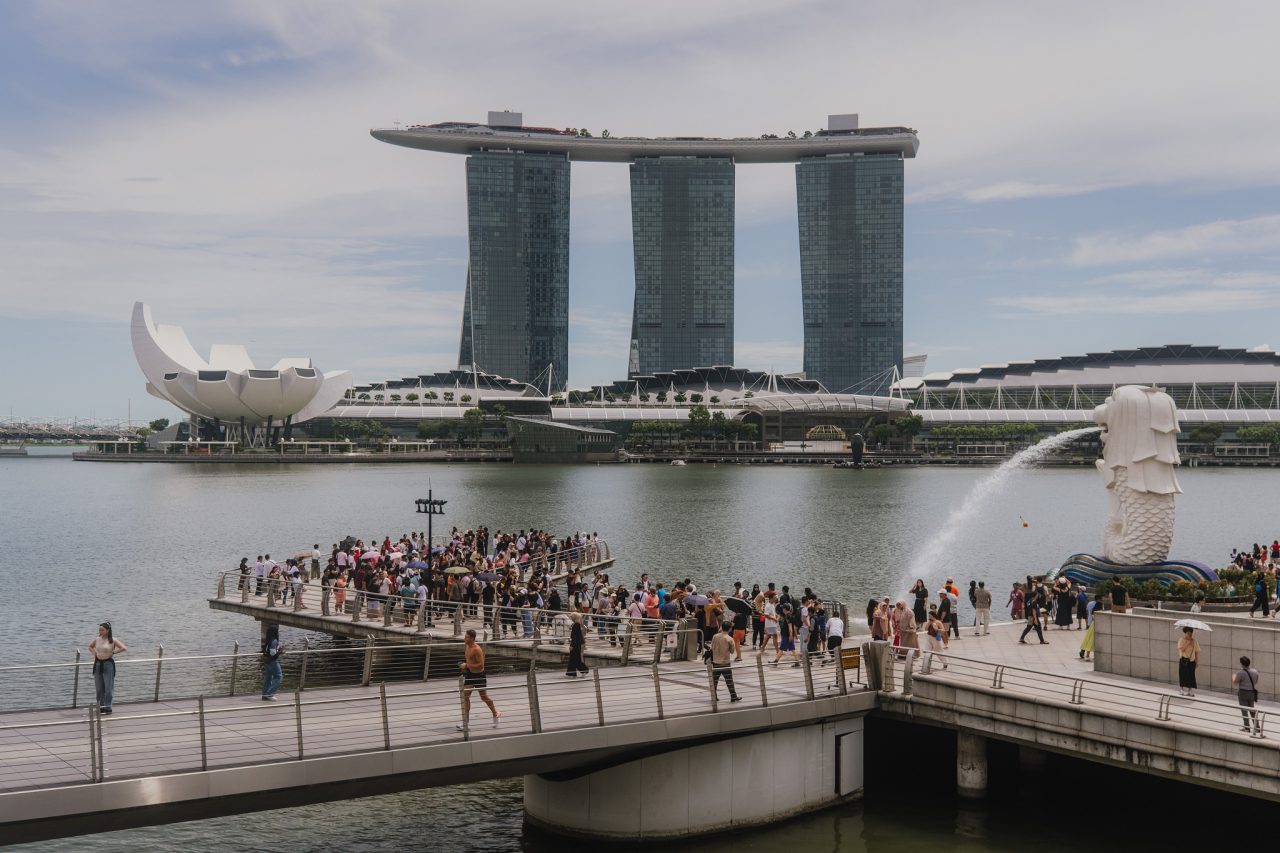
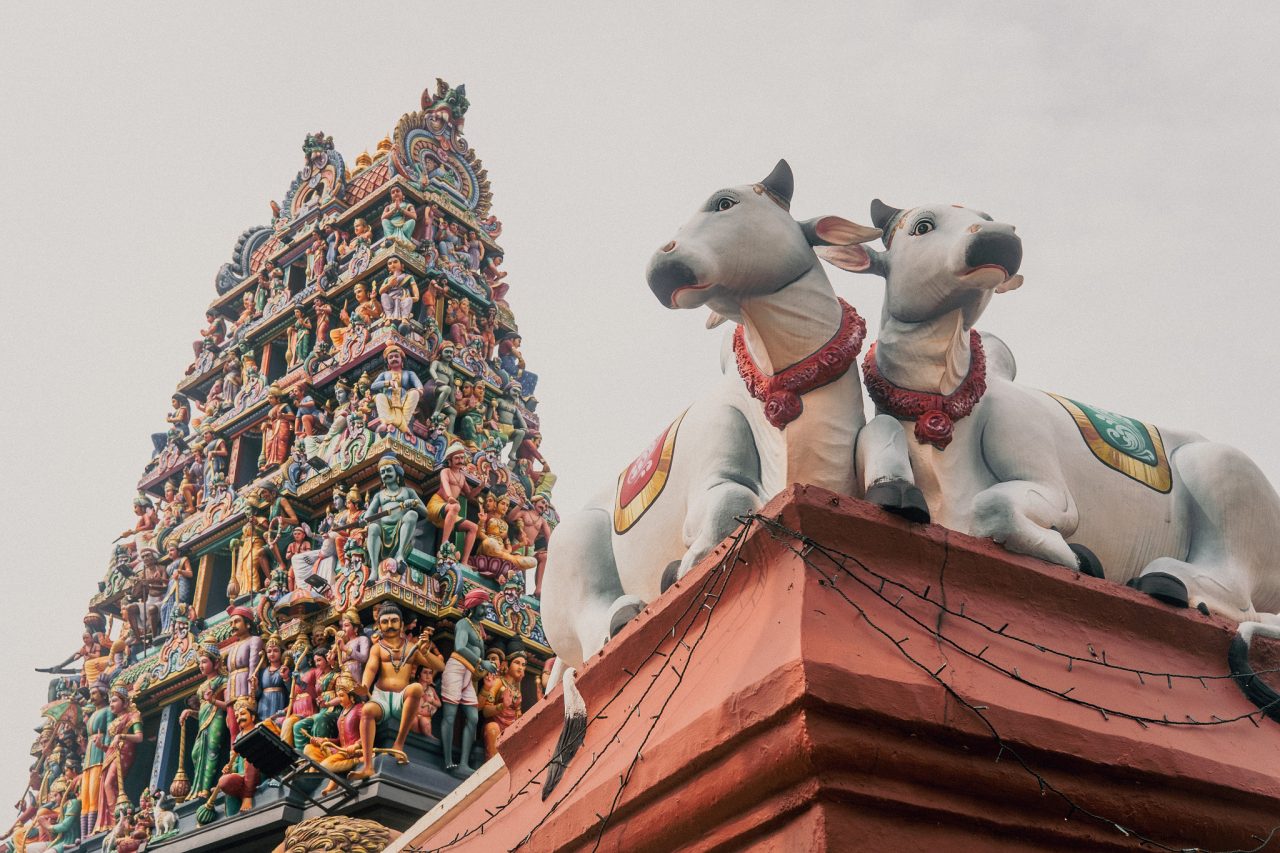

© Ondrej Čechvala, Singapore
Singapore’s rainy season is driven mainly by the northeast monsoon, which typically lasts from November to March. June sees less rain, but extreme humidity. It’s this tropical climate that has allowed the city to transform into a giant garden.
Singapore is unbelievably green. Tropical plants often climb the sides of skyscrapers and few cities can match it in terms of urban greenery. It also has a unique multicultural atmosphere with Chinese, Malay, Indian, and other Asian influences. On the streets, you can find striking contrasts between modern architecture and scenes that feel like they come from another world and century.
4. Athens, Greece

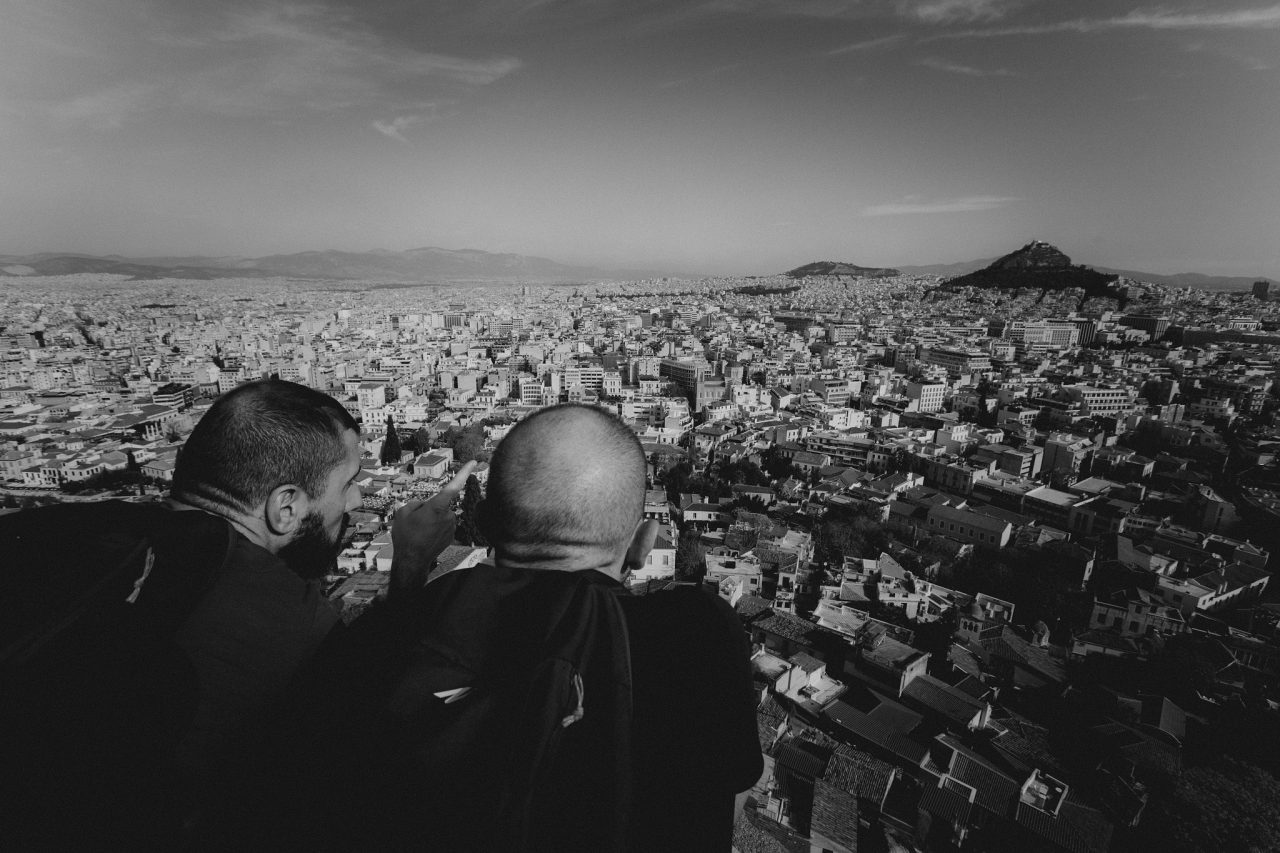
© Ondrej Čechvala, Athens
Athen stands out for its rich history as the cradle of democracy and Western civilization, home to iconic monuments like the Acropolis and Parthenon. The city is built across hills, giving photographers endless opportunities to find creative angles and fresh compositions. Compared to flat cities, hilltop views always give you an edge when it comes to photography.
Athens has been photographed countless times, so it’s hard to find a truly unique perspective. Still, they serve as a great photography exercise. The harsh sunlight illuminates the ancient buildings differently throughout the day, allowing you to experiment with light. If you want to avoid the tourist crowds of tourists, venture beyond the city center. There are plenty of lesser-known sites to explore.
5. High Tatras, Slovakia
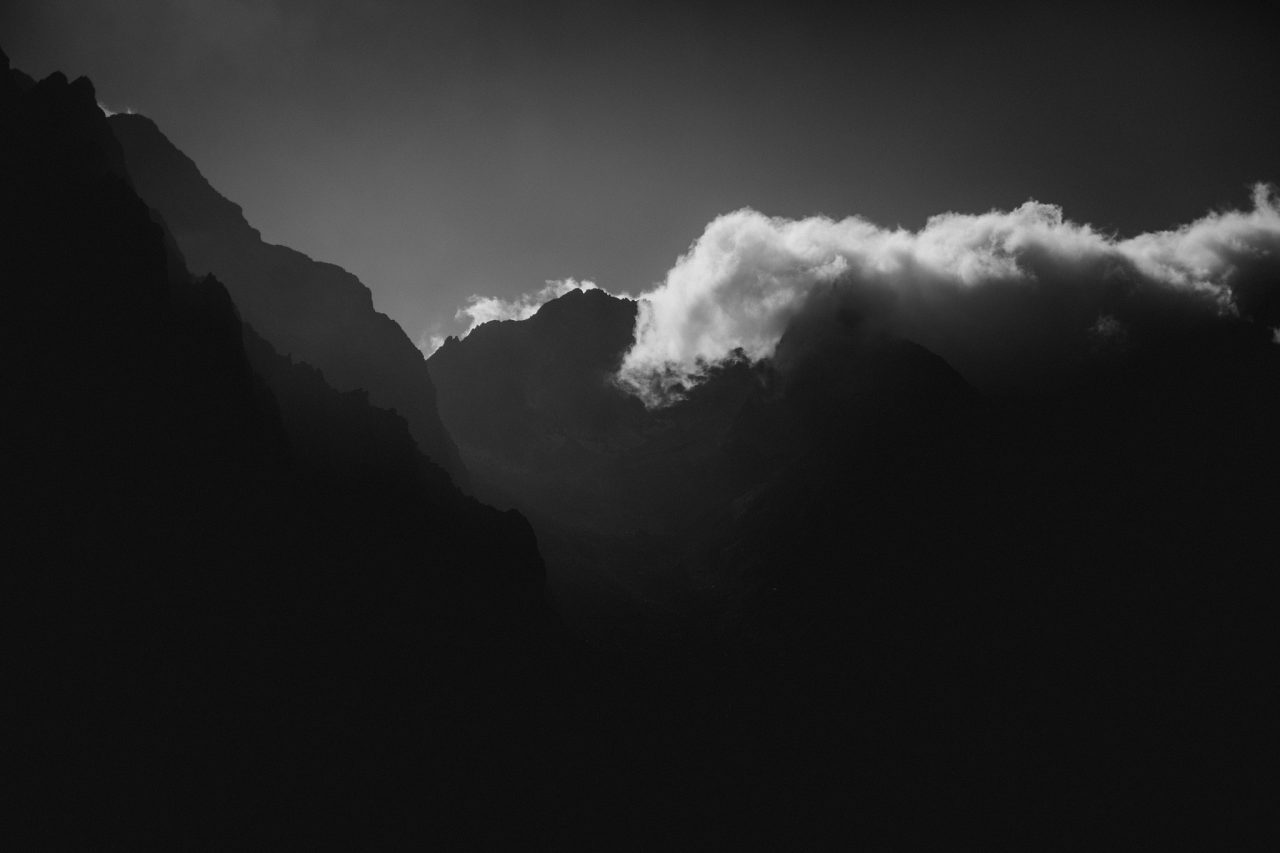
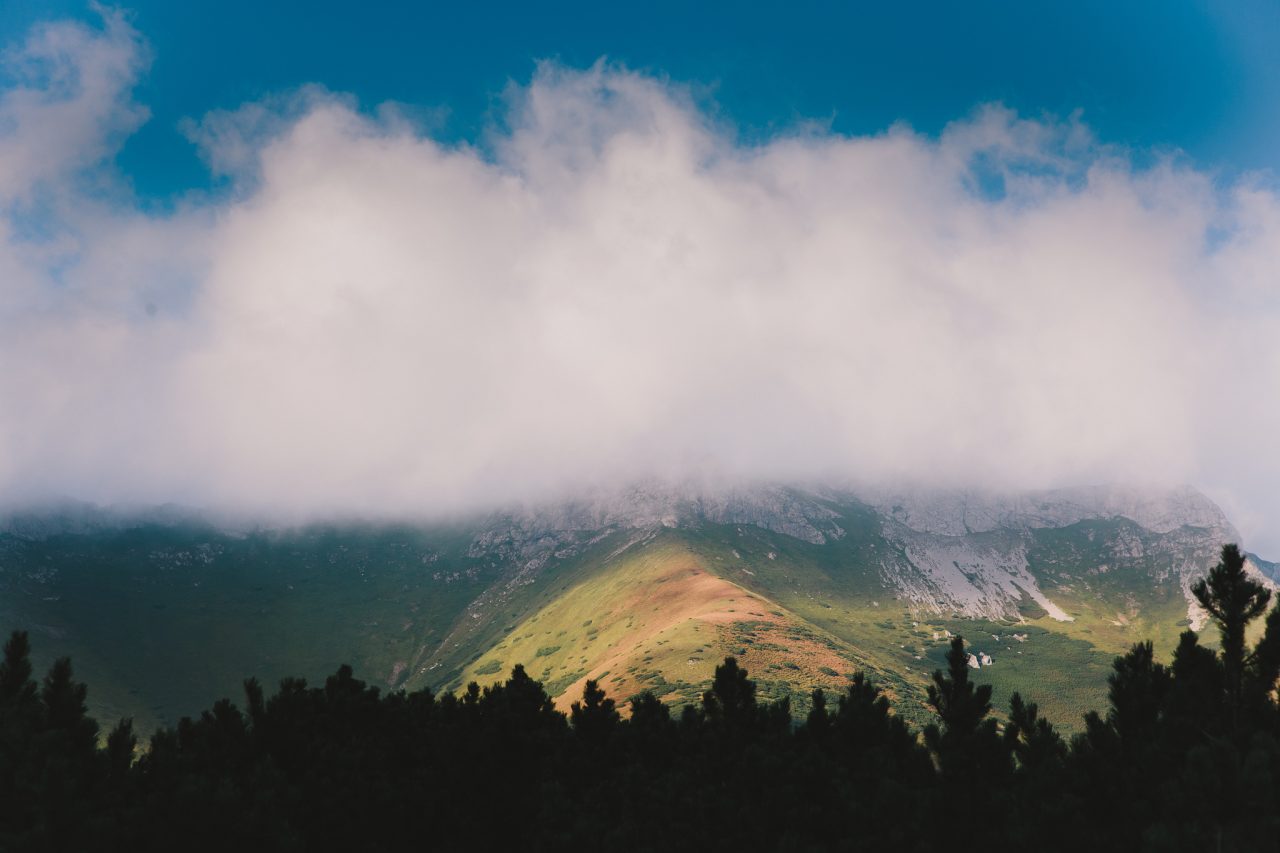
© Ondrej Čechvala, High Tatras, Slovakia
Hiking trails in the High Tatras reopen in early June. At higher elevations, you may still encounter remnants of snow, so be careful. It’s best to visit before school lets out for the summer, when the entire mountain range gets crowded. If June doesn’t work for you, autumn is a great alternative.
June in the Tatras can be rainy and chilly, but that’s part of what makes the landscape so compelling. After the rain or early in the morning, the valleys are shrouded in mist and everything is lush, green, and photogenic. My personal tip is to hike up to the Rysy mountains with an overnight stay at the Chata pod Rysy (2250m above sea level) mountain hut, the highest hut in Slovakia. Just make sure to check current snow conditions before you go.